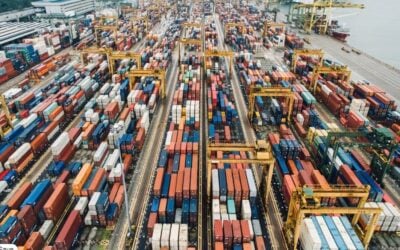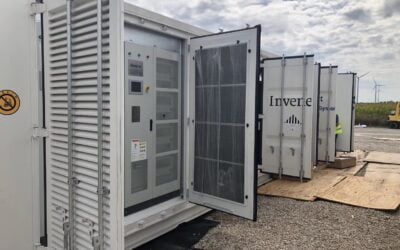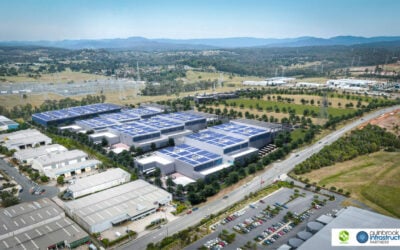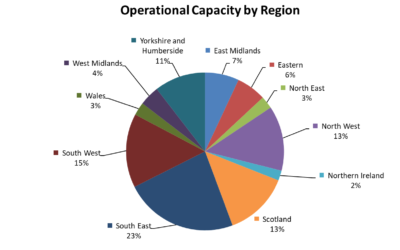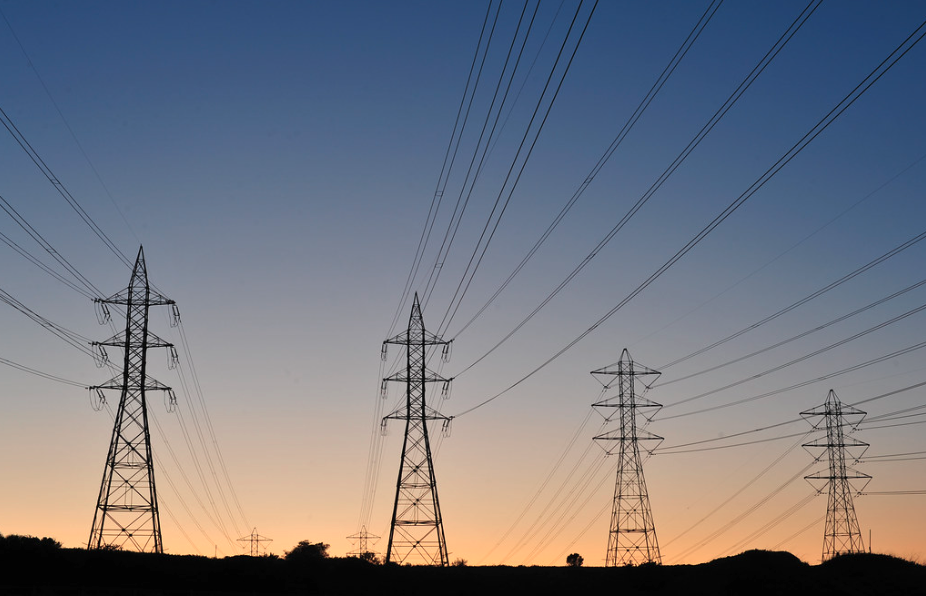
Alongside its many benefits, growing deployments of energy storage will pose complex challenges around availability of data and resource planning for grid and distribution network operators.
This is an extract of an article which appeared in Vol.31 of PV Tech Power, Solar Media’s quarterly technical journal for the downstream solar industry. Every edition includes ‘Storage & Smart Power,’ a dedicated section contributed by the team at Energy-Storage.news.
Enjoy 12 months of exclusive analysis
- Regular insight and analysis of the industry’s biggest developments
- In-depth interviews with the industry’s leading figures
- Annual digital subscription to the PV Tech Power journal
- Discounts on Solar Media’s portfolio of events, in-person and virtual
Or continue reading this article for free
Growing deployments present unique challenges
Some 4,150MW of utility-scale energy storage was added to electricity grids in California, Texas, the UK and Australia last year as Energy-Storage.news wrote recently. Other US states and countries in Europe, like Italy and Germany, are slowly but surely catching up.
Haresh Kamath, director of distributed energy resources and energy storage at Electric Power Research Institute (EPRI), the R&D and demonstration project organisation, highlighted an issue that independent system operators (ISOs) in the US will face as storage grows.
“There will come a point when the ISOs will have to understand how much storage is available at any given time in terms of duration. That will be a challenge to the ISOs once storage is a large enough asset to really make a difference,” he explained.
Discussing the UK’s national grid, market intelligence firm Modo’s chief analytics officer Robyn Lucas echoed this point: “As storage grows, there will be a big challenge for the distribution networks in getting the data they need to manage their network – things like storage availability, power and energy capacity.”
“Distribution networks don’t really have any visibility on the batteries that are connected to the system on a real time basis at the moment. And that’s going to be a big problem as we go to more local services.”
Gabe Murtaugh, storage sector manager for the California ISO which recently passed 3GW of grid-connected battery storage, said that growth in storage makes planning for resource adequacy, the program to ensure CAISO has adequate generating resources to meet demand, much more complicated.
“Energy storage flips the premise of resource adequacy on its head because you are no longer simply thinking about generating capacity during a given hour. You also must ensure that there is enough energy to charge the storage resources and ensure there is enough energy from those resources to provide full generating capability across all 24 hours of a stressed day. Developing longer duration storage technologies will help with this,” Murtaugh said.
Round-trip efficiency also has to be taken into account and further complicates the storage requirements CAISO sets. Lithium-ion’s 85-95% is good but other technologies, especially long duration, may have lower figures which would change the storage capacity equation.

